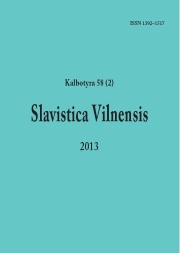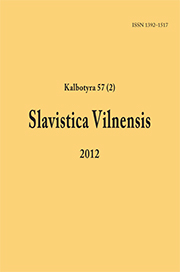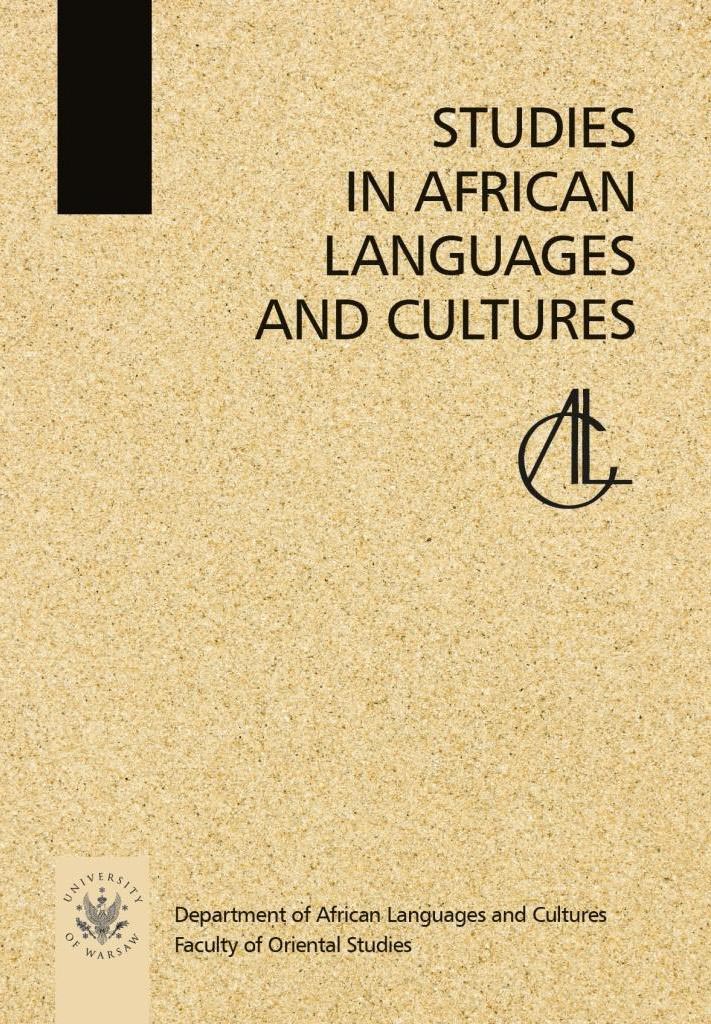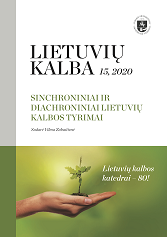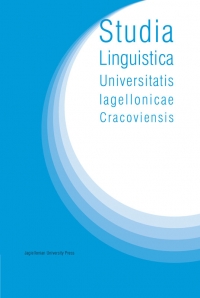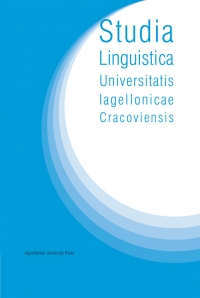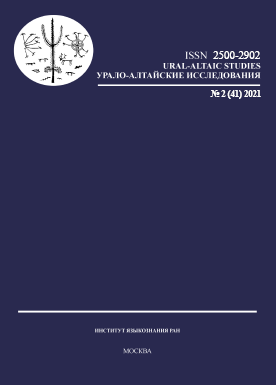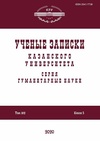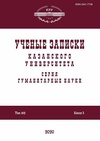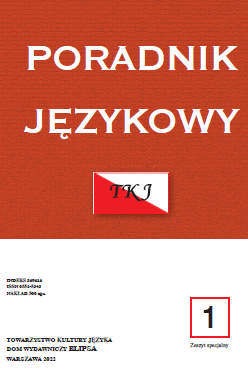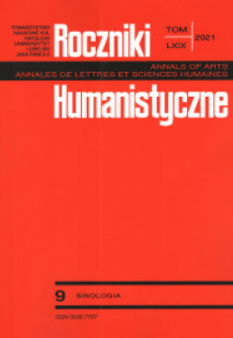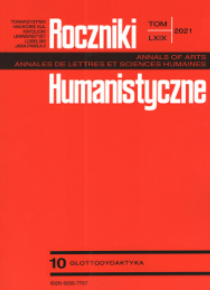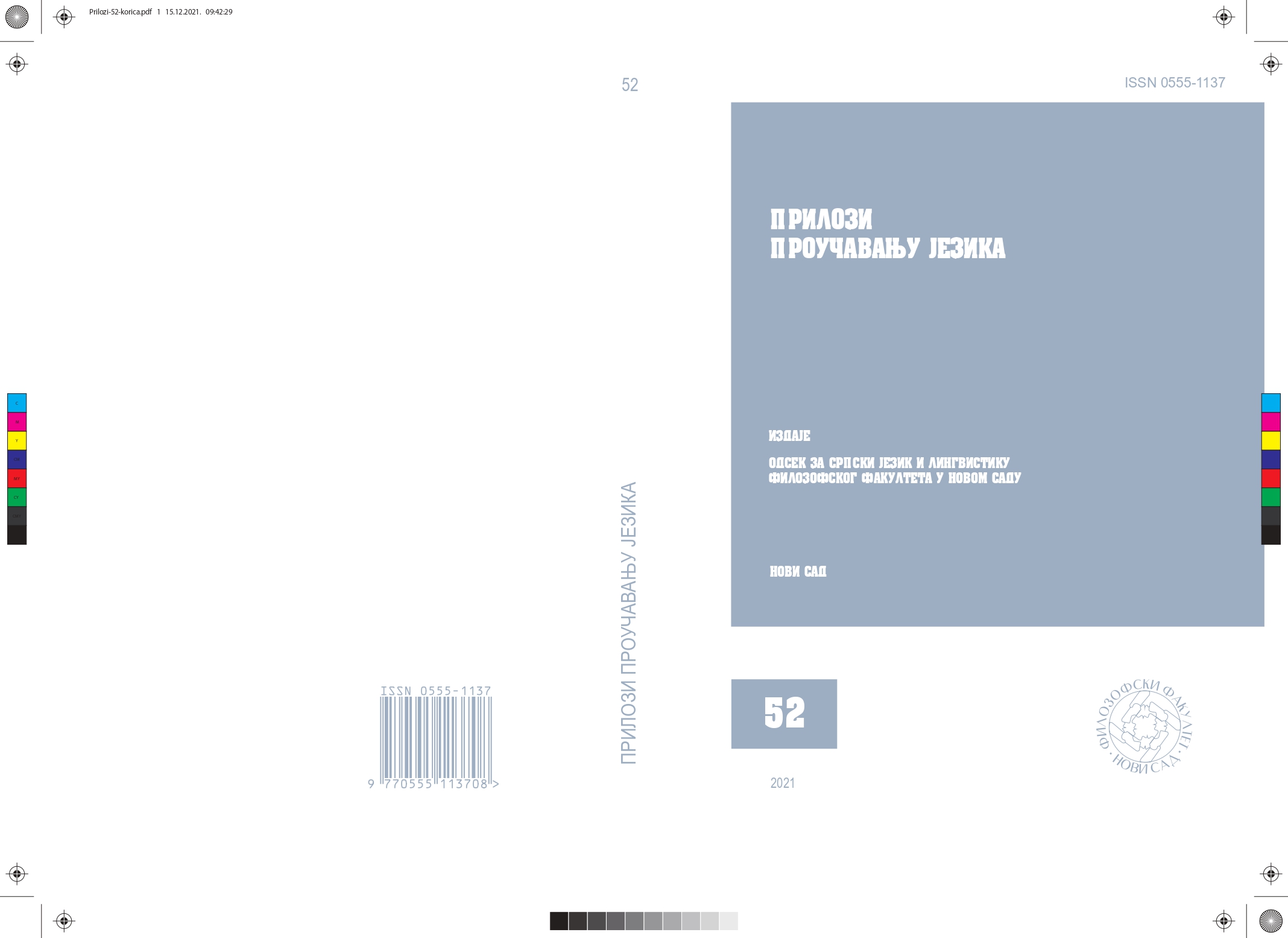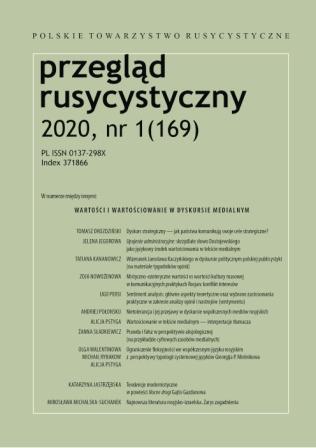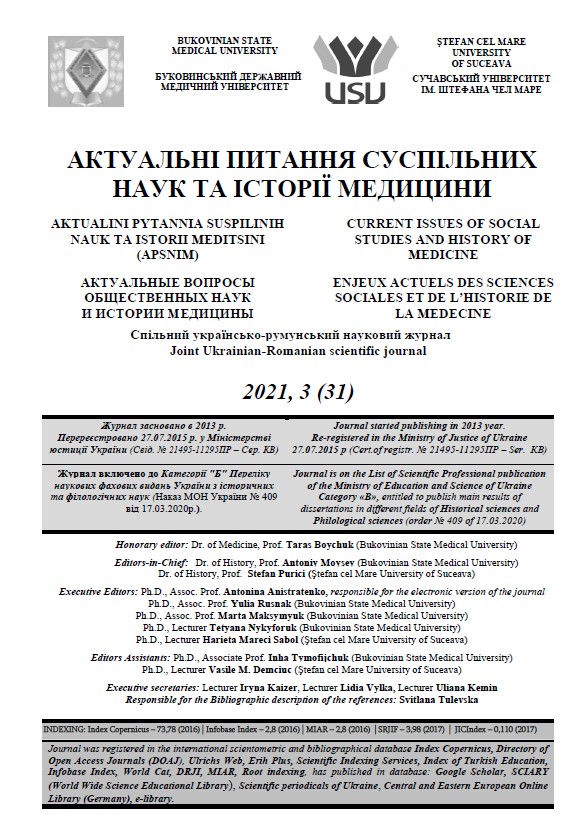Author(s): Tetyana Nykyforuk,Valeriyа Andriyets / Language(s): Ukrainian
Issue: 3/2021
This study is aimed to consider and systematize the literary and critical works of O. Makovei, to analyze the scientist’s thoughts about the poetics of S. Vorobkevych’s poetic works in terms of generics, metalogy, poetic syntax, phonics, versification, to outline the significance, value and objectivity of O. Makovei’s research. Research methods: analysis, synthesis, comparative and historical, comparative, descriptive, method of receptive poetics, biographical. Scientific novelty of the research. For the first time in Ukrainian literary criticism, the poetics of S. Vorobkevych's poetic works was studied through the prism of O. Makovei's vision; materials are analyzed in terms of generics, metalogy, poetic syntax, phonics, versification. Summary. Literary critic O. Makovei largely contributed to the study of the life and career of S. Vorobkevych primarily as a compiler of a three-volume edition of works by S. Vorobkevych. Studies related to the biography of the Bukovynian artist are also very interesting. Considerations about the periodization of S. Vorobkevych's poetic work are correct. O. Makovei is the author of the foreword “General Notes on the Poetry of Izydor Vorobkevych”. The researcher made a review in the newspaper “Bukovyna” about the published Vorobkevych collection “Over the Prut”. The review identifies three main theses related to the topic of this study: 1) while analyzing the poem of the author of the collection “Over Prut”, it is necessary to take into account the unity of verbal and musical rhythms; 2) most of the poems in the collection are written “in the style of folk songs”; 3) in the poems of S. Vorobkevych the influence of T. Shevchenko and P. Kulish is noticeable. The main provisions and conclusions of O. Makovei express the idea of the peculiarities of the poetics of the poetic works of S. Vorobkevych and might be a good basis for further research in this perspective.
More...
